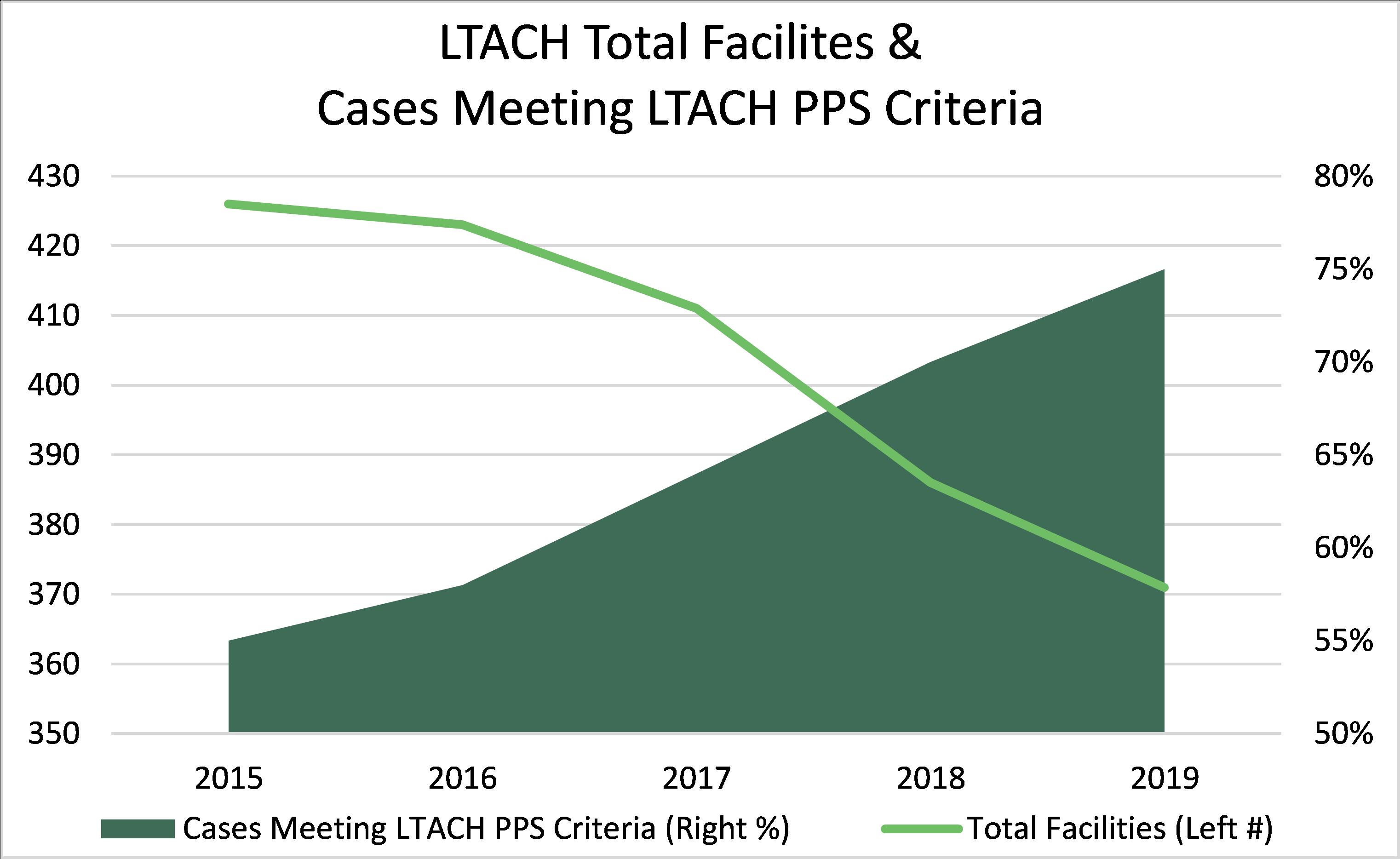After the Pandemic, What Are the Long-Term Valuation Implications for Long Term Acute Care Hospitals?
Never miss a thing.
Sign up to receive our insights newsletter.

Long Term Acute Care Hospitals (LTACHs) proved their crucial role in the health care system during the COVID-19 pandemic. Because LTACHs are uniquely qualified to care for patients with long-term debilitating medical conditions, acute care hospitals were able to rely on LTACHs to care for long-term critical COVID-19 patients. The ability to refer long-term patients to a LTACH allowed acute care hospitals to free up crucial ICU beds for other COVID-19 patients.
The Big Picture
- The pandemic created opportunities for LTACHs to educate acute care referral sources about their capabilities and allowed acute care hospitals to successfully decompress their ICU volumes by transferring high-acuity patients to LTACHs for high quality specialized care.
- Revenue per patient day for qualifying LTACH patients has continued to be favorable, especially with elevated patient acuity trends and positive Medicare rate updates. Favorable reimbursement trends reflect the shift in the industry towards higher acuity patients along with Medicare’s desire to support providers that provide specialized care to critically debilitated patients.
- LTACH acuity case mixes will remain elevated as acute care ICUs continue to require a referral outlet for COVID and serious non-COVID patients.
By the Numbers

Source: Medicare Payment Policy, Report to Congress. Medicare Payment Advisory Commission, March 2021
- The supply of LTACHs has drastically decreased. In 2015, there were 425 LTACHs in the US. Due to the stricter patient eligibility criteria, by 2020, 78 LTACHs closed or merged, representing over 15% of the total facilities.
- While the total number of facilities has decreased, surviving operators have increased their share of patients that qualify for elevated reimbursement based on their high level of clinical complexity, reaching 75% in 2020. Surviving facilities have experienced an increasing acuity mix and higher reimbursement.
- Select Medical Corporation is the largest operator of LTACHs with 27% of the total facilities. The company reported increased Revenue (13%), EBITDA (34%), and increased EBITDA margin (16%) for the LTACH division in 2020.
- There is significant room for growth in the industry. According to Medicare data, 325,000 to 350,000 patients per year qualify for LTACH services, yet the industry only has 69,000 total annual discharges.
Health Care Valuation Implications
- During the 2016-2020 restructuring period, distressed LTACHs were trading for very low multiples of revenue. Some facilities closed or went bankrupt, while others closed or consolidated. The market did not differentiate between strong and weak LTACHs.
- LTACHs proved their value to the health care system during the pandemic and are currently experiencing sustainable revenue growth trends and double-digit EBITDA margins. There is reason to believe those successful trends will continue as LTACHS receive more referrals from existing referral sources and at the same time, expand referral sources.
- A reasonable argument can be made for the stability of the industry due to the value shown during the pandemic; therefore, all other factors equal, the long term valuation implications for a typical LTACH are positive.
Go Deeper
The relevant section begins on page 279. For more information about valuation issues related to LTACHs, contact us. We’re here to help.
© 2021
This is one in a series of related health care valuation posts:
- Urgent Care Centers Embrace a Once in a Generation Business Opportunity
- Closing the Gap Between Perceived and Actual Demand in Behavioral Health
- The Importance of a Stable Payer Mix to a Premium Valuation
- Hospice Valuations in a High Multiple Comparable Sales Environment
- Guarding the Shelf Life of Fair Market Value Opinions for Management Services Organizations
- Managed Care Companies Predicting the “Worst of Two Worlds”
- Navigating Health Care Valuation EBITDA Multiple Ranges for Fair Market Value
- Navigating Urgent Care Valuations in Unusual Times
- ASC Partnerships Face Succession Challenges